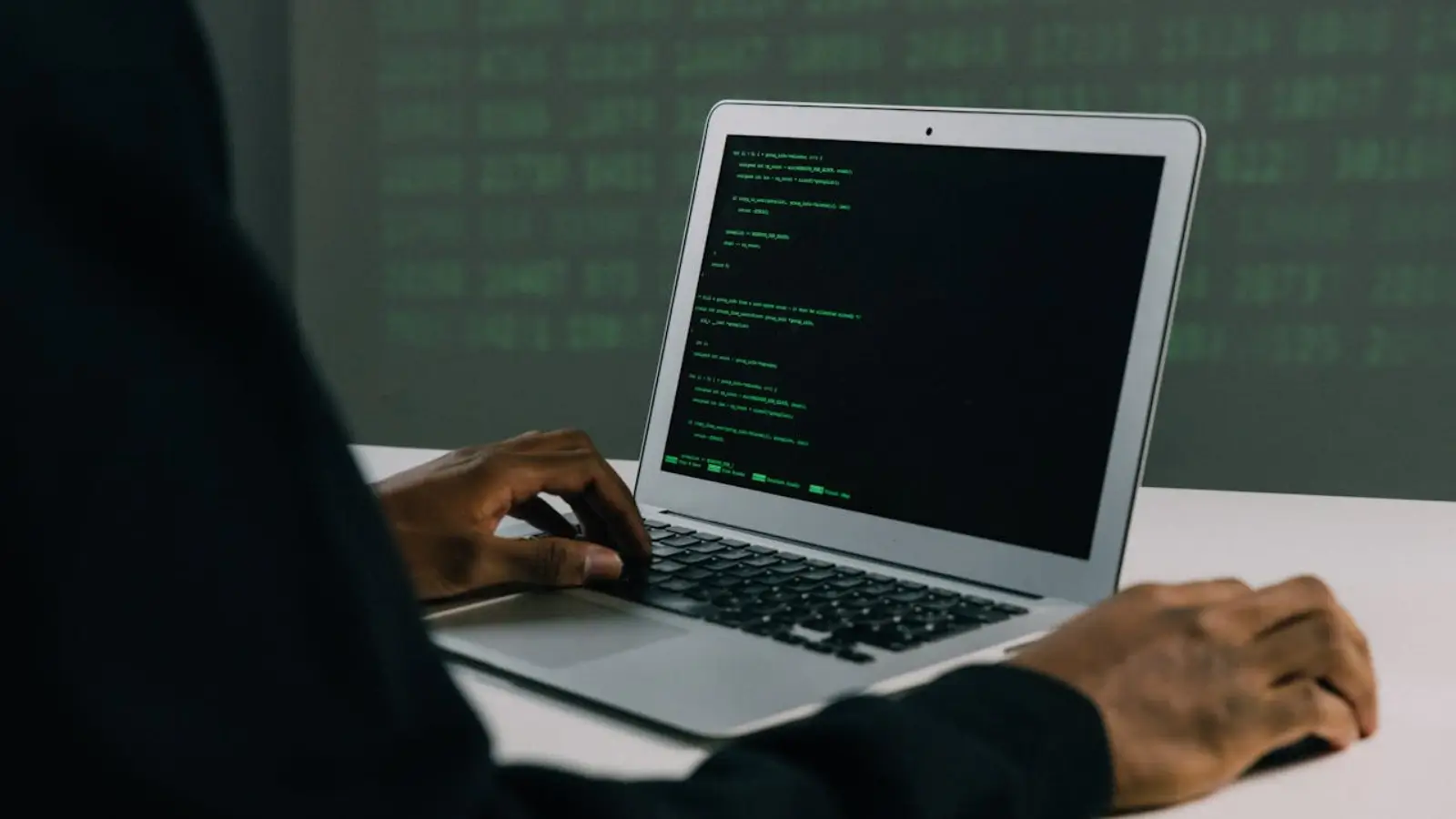


Cybercrime is becoming an increasingly salient topic of concern for many businesses in the UK. It’s not a coincidence that major names like Marks and Spencer, Jaguar Land Rover, and the Co-op have all reported attacks this year: the prevalence and severity of cybercrime are measurably rising.
If you want your business to avoid falling victim to a potentially catastrophic attack, then you’ll want to be proactive. If you can address vulnerabilities before the attack occurs, then you’ll stand a much better chance of repelling it.
It’s a good idea to start with a risk assessment. This will tell you exactly where work needs to be done. This assessment should tell you where the critical data lie, where the likeliest points of entry are, and what the likely threat vectors are. For most businesses, it’s phishing that we need to worry about. However, this might vary from one business to the next.
There are a number of technical defences that businesses might employ. A combination of multi-factor authentication, network segmentation, and firewalls might be effective in many cases. Software should also be regularly updated to ensure that vulnerabilities are patched out before hackers have a chance to exploit them.
If your business is reliant on ageing legacy systems, then you might find that you have difficulty keeping them secure, as support is gradually phased out. This is where it’s worth bringing in an outside expert in cybersecurity. They’ll be able to tell you precisely when it’s appropriate to transition to a new system, and, often, to help you make that transition.
It isn’t just your systems you need to worry about. It’s also your personnel. If any member of your team is not sufficiently conscious of the danger, then they might represent a potential point of weakness. Make sure, therefore, that you provide the right training and instil the right culture. It’s a good idea to have an explicit list of requirements and rules when it comes to things like password generation and the use of external devices.
When you’re faced with an incident, you’ll need to respond promptly in order to stay on the right side of the law and to protect your reputation. Under the new Cyber Security and Resilience Bill, you’ll have more stringent requirements to abide by when it comes to reporting.
Make sure that you have off-site backups in place and that every member of the team understands their role. In the aftermath of an incident, you can take steps to understand and respond to it, and ultimately learn the lessons that will stop another breach.